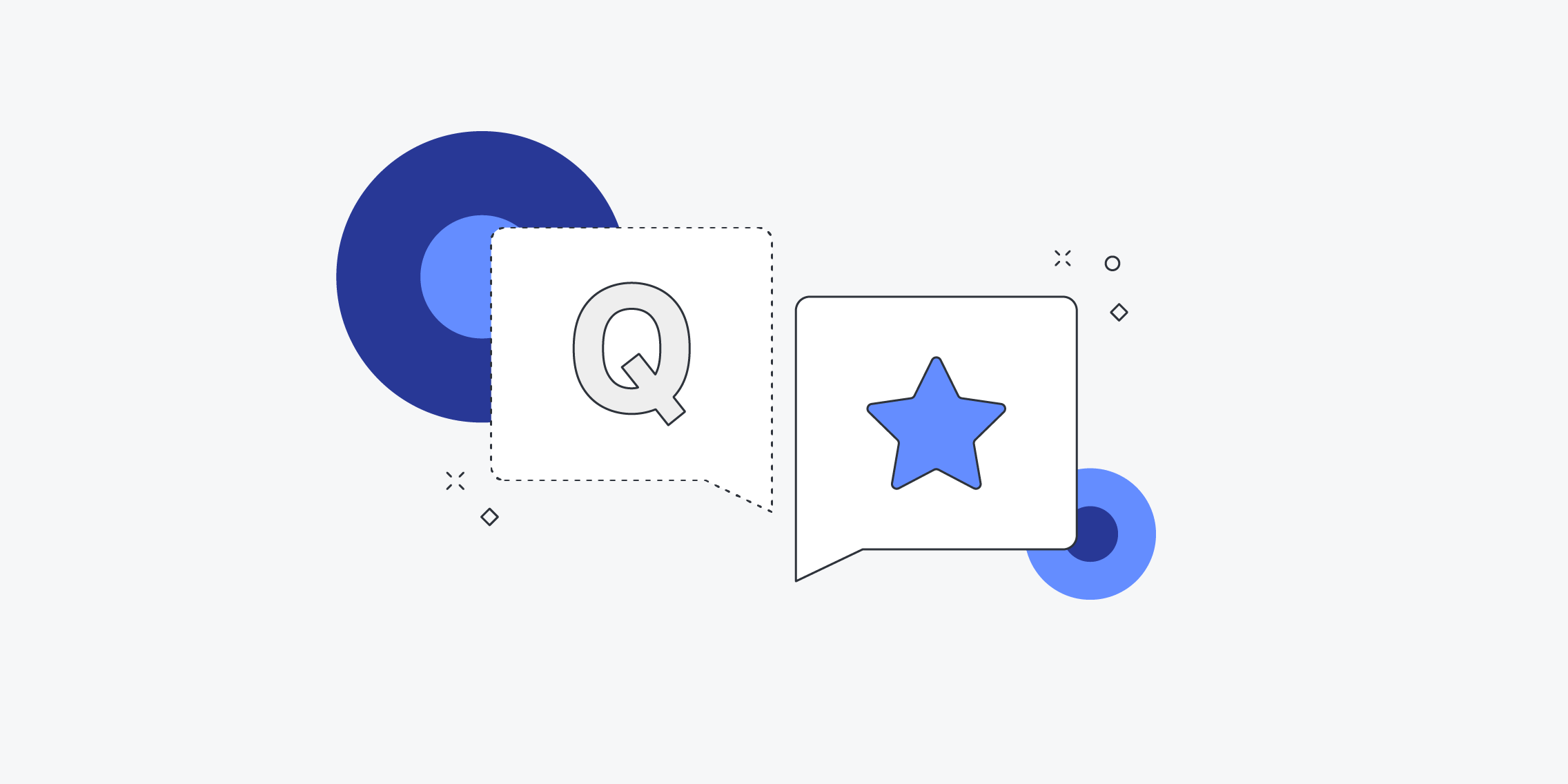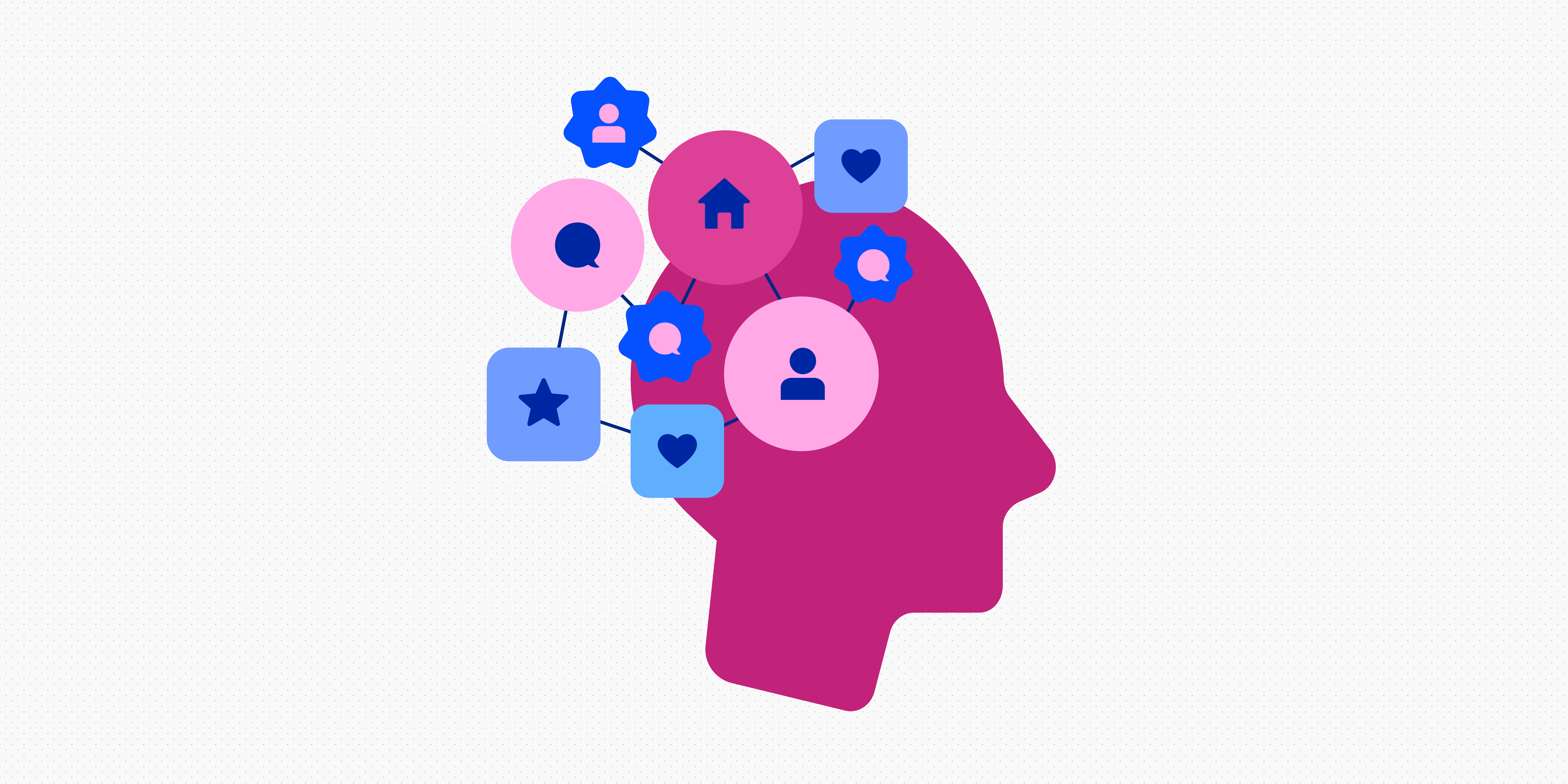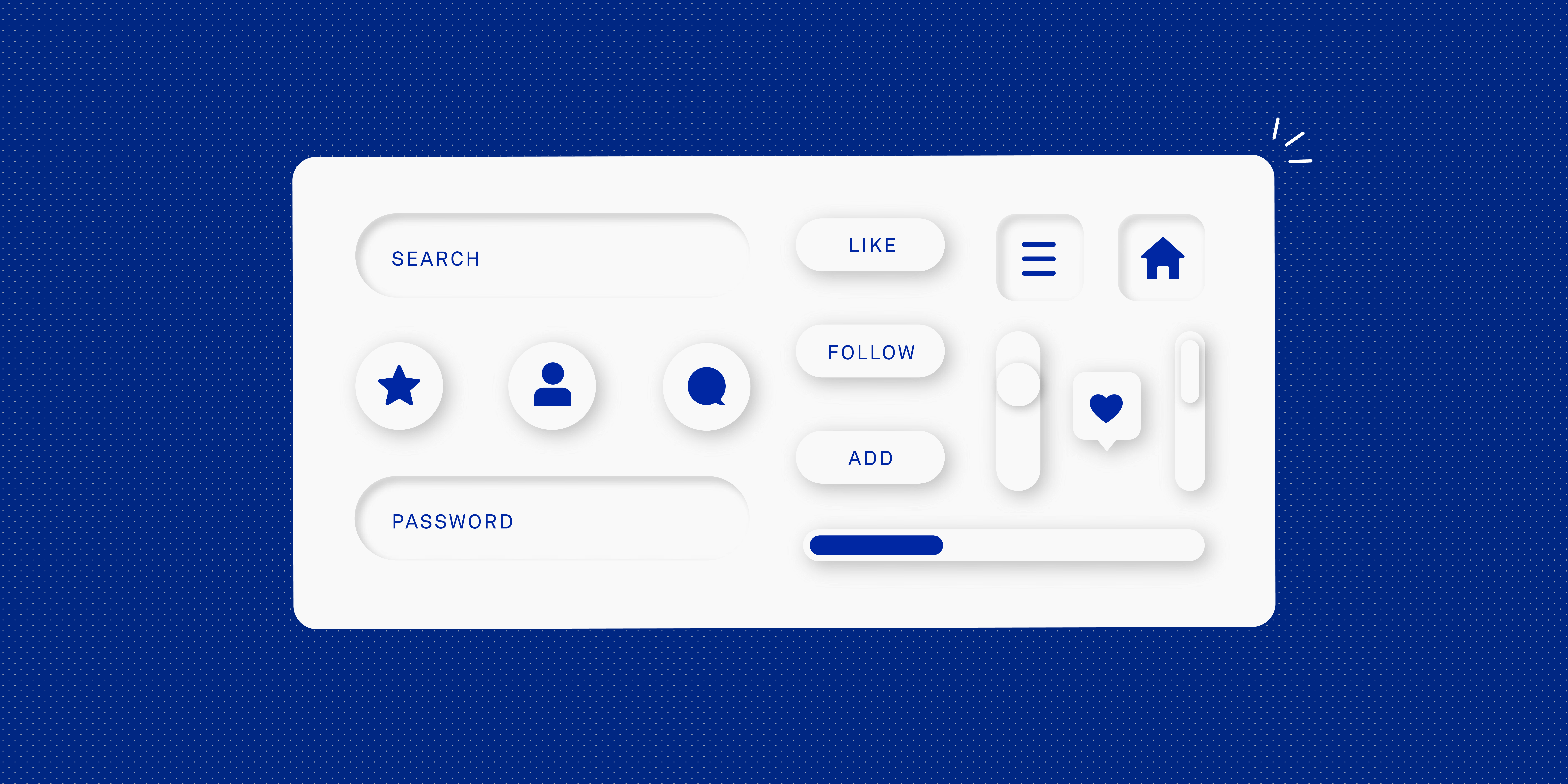If you’ve ever had a job interview, you’re probably familiar with questions like “Tell me about a time when…” or “How do you handle [insert tricky situation].”
You’re probably also familiar with how stressful these questions can be. You know you’re supposed to provide some kind of example, and you know you’ve got loads you could draw from…but you just can’t think of any right now.
After some umming and ahhing, you eventually pull an example from your mental archives. But you’re feeling a bit flustered and realise you’re rambling. You’re not conveying the point you wanted to make, and the interviewer is looking rather lost.
Fortunately, there’s a very simple solution to this common conundrum. It’s called the STAR framework, and it’ll help you to answer behavioural interview questions concisely and coherently.
If you’re new to STAR, this guide is for you. It contains everything you need to know about the STAR method, including useful examples to help you model your own answers.
Keep reading to learn:
- What is the STAR method?
- What is the STAR/AR method?
- Why is the STAR method useful?
- What kind of interview questions is the STAR method used for?
- How to use the STAR method in your next job interview: 3 expert tips
- Some STAR and STAR/AR example answers for UX designers
- The takeaway
- More career tips for UX designers
So, what exactly is the STAR framework? Let’s begin.
What is the STAR method?
STAR stands for Situation, Task, Action, and Results.
It provides a helpful framework for structuring your answers to interview questions. Specifically, the STAR method is useful when you need to tell a concise and logical story—usually in response to behavioural questions such as “Tell me about a time when…”
Here’s how the STAR framework helps you format your answer:
- Situation. This is where you set the scene and provide necessary context. This usually involves laying out the problem or challenge you had to solve. For example:
“I was working as a junior UX designer at an e-commerce startup. We noticed that there was a really high rate of users abandoning their shopping carts at the last step in the purchase process, so we needed to improve the experience.”
- Task. Here you outline the specific role you played, including any goals or objectives you were tasked with reaching. For example:
“I was responsible for reviewing and redesigning the checkout process to reduce ‘abandoned cart’ rates by at least 55%.”
- Action. This is where you share the actions you took to solve the problem/tackle the challenge and to meet your goals. For example:
“I started by conducting usability tests to identify the main pain-points in the checkout process. I then conducted some competitor research to see how similar e-commerce sites were structuring the process. Based on my findings, I redesigned our process, removing a very time-consuming step which asked users to fill out a long form with unnecessary information. I also implemented additional payment options as we were previously only allowing customers to pay via PayPal.”
- Results. Here you state the results and outcomes you were able to achieve. For example:
“A month after the redesign was live, we saw a 75% increase in customers completing their purchases. The redesign not only improved the user experience of the site, but also significantly increased sales.”
But what if you’re asked to tell the interviewer about a project which didn’t quite go to plan?
There’s an expansion of the STAR method which comes in very handy for such questions: STAR/AR. We explain in the next section.
What is the STAR/AR method?
The STAR/AR framework adds two extra elements to your story: (alternative) Action and (alternative) Result.
This is useful when you didn’t achieve the desired results and want to share your learnings.
Here’s how the STAR/AR method works:
- Situation. As with STAR, this is where you outline the context and the challenge.
- Task. Again, outline your role on the project and the outcomes you were aiming for.
- Action. Here, you share the specific steps and actions you took to address the challenge.
- Results. This is where you explain the outcomes (or consequences) and reflect on why the action(s) you undertook weren’t successful.
- Alternative Action. Here, you share what you learned and what you could have done differently/would do differently next time. In other words, what alternative actions could you have taken for better results?
- Alternative Results. Explain how your alternative action(s) could have impacted the results differently. What could you have achieved if you had pursued a different course of action?
The STAR/AR framework is a great tool for sharing unsuccessful projects and framing them in a positive light which showcases your ability to reflect, learn, and improve.
Why is the STAR method useful?
The STAR and STAR/AR frameworks are useful because they help you to provide logical, well-structured answers which tell a relevant story.
When following the STAR method, you’ll ensure that you cover all the necessary details that the interviewer is looking for—and that you do so in a coherent, easy-to-follow way.
By focusing on the four points of STAR, you can also avoid rambling, going off on a tangent, or diving into too much detail and losing the point you wanted to make.
Communication is a critical skill (one of the top 10 skills to put on your resume, in fact)—not just for UX roles, but for pretty much any job you apply for. Interviewers will be looking out for your ability to communicate effectively and concisely—and the STAR method will help you do just that.
What kind of interview questions is the STAR framework used for?
The STAR framework is ideal for answering behavioural interview questions. Behavioural questions are those which focus on how you behaved in a specific situation, and they typically require you to share specific examples.
Here are some common behavioural interview questions which can be answered using the STAR method:
- Can you tell me about a time when…
- You had to take on a new task which you had no experience of doing before
- You made a mistake at work
- You had to delegate to other colleagues or team members
- How do you handle it when…
- You have clashing deadlines and not enough time to meet them all?
- You and a colleague can’t reach an agreement on something?
- A last-minute request comes in and you’ve already got lots on your plate?
- Can you give me an example of…
- A successful project you worked on
- A time when you had to work with a difficult or uncooperative colleague or client
- An unsuccessful project you worked on
The interviewer won’t always formulate their behavioural questions in the same way. But, if it sounds like they’re digging for insights into how you approach certain challenges and situations, the chances are that they’re looking for a concrete example or an anecdote. That’s your cue to apply the STAR framework.
How to use the STAR method in your next job interview: 3 expert tips
1. Plan ahead and have some STAR stories at the ready
You can’t anticipate exactly what questions will come up in your interview. But you can—and should—spend some time reading through the job description to get an idea of the skills and qualities the hiring manager will be looking out for.
You can then plan some STAR stories which highlight those critical skills. For example, if you’re applying for a UX design role with a heavy focus on user research, you’ll definitely want to prepare a STAR anecdote based on a time you successfully contributed to a user research project.
Maybe the job you’re applying for requires lots of involvement in UX strategy. In that case, you’ll want to come up with an example of a time when you took on a strategic role or contributed to a strategic initiative.
In short: Pull out the key skills, qualities, and behaviours the job description focuses on and come up with STAR stories which highlight and demonstrate these.
2. Formulate you STAR answers using only the most relevant detail
When using the STAR method, it’s important to follow the framework to the letter. The goal is to share every story or example in a concise, logical manner—delivering the relevant points and making it easy for the hiring manager to follow along.
For example, when it comes to the Situation aspect, you don’t need to provide too much historical background or unnecessary detail. You want to set the scene without going round the houses. Share some context about where you were working, who you were working with (if relevant) and introduce the problem, project, or challenge you’re going to focus on.
Good: “During my UX design internship at a software company, I was responsible for onboarding new clients. Our new client surveys reported a low satisfaction score, so I was then responsible for improving the experience.”
Not so good: “I once did a UX design internship at a software company. I worked there for about six months in total and had lots of contact with new clients. They were mostly clients in the telecoms industry and I was responsible for onboarding them, which I usually did via video calls but sometimes they came by to the office. For every new client, we gave them a survey to complete after onboarding and sadly our client satisfaction scores were quite low so my manager asked me to look into ways to improve it.”
Can you see how the second answer is much longer and includes detail which isn’t necessarily relevant to the story? If you do this for each point of the STAR, you run the risk of telling a long, winding story which loses the listener’s interest before you’ve been able to demonstrate your skills and achievements.
In short: Keep your answers focused and concise. Go through each aspect of the STAR and come up with just two or three key points for each.
3. Practice using the STAR method on the fly
It’s great to go into your interview with some STAR stories at the ready. At the same time, it’s important that you’re able to implement the STAR method on the fly, too. You don’t know what the interviewer will ask you, after all, so it’s good to be prepared for some curveballs.
If you can, find a friend, colleague, or relative who can roleplay the interview with you. Ask them to come up with some behavioural questions based on the job description and practice answering them using the STAR framework—with no prior preparation.
This will get you well-versed in structuring your answers under pressure—a task which can be tricky when you’re already feeling those interview nerves. And, if you do find yourself struggling to come up with something right away, don’t be afraid to ask the interviewer if you can have a moment or two to think.
In short: In addition to planning some STAR answers ahead of the interview, practice answering behavioural questions under pressure. This will ease your nerves going into the interview and reinforce your confidence in the STAR framework.
Some STAR and STAR/AR example answers for UX designers
Now we know exactly what the STAR method is and how it’s used, let’s share some example answers for UX designers. These should provide some inspiration for your own STAR anecdotes.
STAR example #1: Tell me about your most successful UX design project
With this question, the hiring manager is asking you to describe a specific project and, most importantly, to explain how you contributed to the project’s success.
Here’s an example answer based on the STAR framework.
Situation: “I once volunteered with a non-profit organisation which taught coding skills to primary school-age children. I volunteered to help them redesign their digital learning portal.”
Task: “I was responsible for planning and conducting user research to determine what features could be added to the platform, and then sharing my findings with key stakeholders, including the CEO and the product manager. The goal was to increase the average learner engagement time by 10 minutes per day, per user.”
Action: “I conducted user interviews with eight kids who had already used the platform, and with their parents. This allowed me to gain insights from direct users (the kids) and also from their parents who are able to access the learning platform and see their kids’ progress. From these interviews, I identified three new features that could improve the experience for both learners and their parents. I also discovered that there were some existing features that weren’t being used. I presented my findings and recommendations to the CEO and product manager, suggesting that they build and integrate three new features and remove two unused features.”
Results: “They followed my recommendations and launched those new features a few months later. After three months, the average learner engagement time had increased by 17 minutes per user, per day—much higher than the original target. Students also reported a net promoter score (NPS) that was three points higher than the six months prior.”
STAR example #2: Think back to a time when you and your colleague couldn’t agree on the direction a project should take. How did you handle it?
This question is all about collaboration, conflict resolution, and overcoming challenges. Here’s how your answer might take shape with the STAR method.
Situation: “I was working as the only UX designer at an insurance company. I collaborated closely with the product owner who didn’t really believe in user research. They wanted me to provide prototypes for the new company app without conducting any research, but I wanted to do at least a brief round of user research before moving forward.”
Task: “I was set the task of coming up with prototypes for the new app within one month. They then wanted the new app to launch three months after that.”
Action: “I came up with a plan for how I could conduct user research on a low budget and still have the prototypes ready in time for the planned launch date. I put together a brief presentation outlining the steps I would take to conduct research, as well as the suggested cost and timeline, and a summary of how it would be useful for the end results. I shared this with the product owner to show them that I could still meet their deadlines and complete the project within budget if I included user research in the process. They appreciated that I had come up with a solution and a plan, and agreed that I could go ahead with the research.”
Results: “I conducted the user research as approved by the product owner and made sure to share my findings and insights with them so they could be involved in the process and see the value. We were able to launch the app on time and everyone was happy. For the next project, the product owner was immediately on board with user research and I didn’t have to go through the approval process again.”
The takeaway
The STAR framework will help you to answer behavioural questions logically and coherently, telling a well-structured story which highlights the key skills and qualities the hiring manager is looking for. It will also allow you to showcase your excellent communication skills—earning you a big tick from any interviewer.
Use it when preparing for your next job interview, and remember: you can always turn to the STAR/AR variation when you’re talking about unsuccessful projects or learning curves.
More career tips for UX designers
The STAR method is just one tool that will help you in your UX career. If you’re a newcomer to the field, you can accelerate your chances of interview success by reframing your previous experience and using it to your advantage. You’ll also want to make sure that your UX portfolio is ticking all the boxes, and that your UX CV and cover letter are well-primed to catch the hiring manager’s attention.





![The 10 best prototyping tools for UI/UX designers [2025 Update] 4 UI UX prototyping tools header image](https://www.uxdesigninstitute.com/blog/wp-content/uploads/2025/01/93_UX_Prototyping-tools_Illustration_blog-1.png)